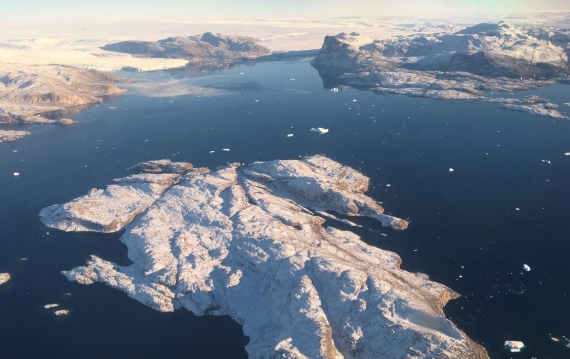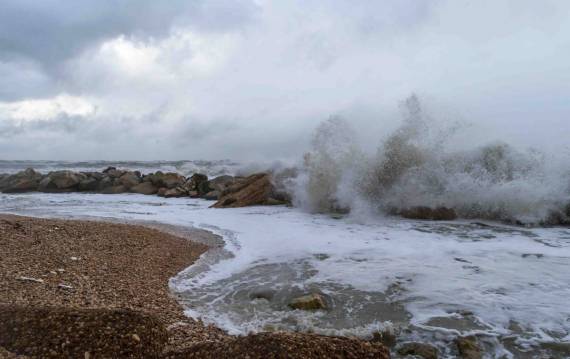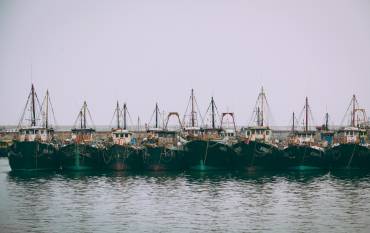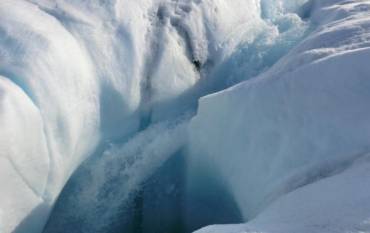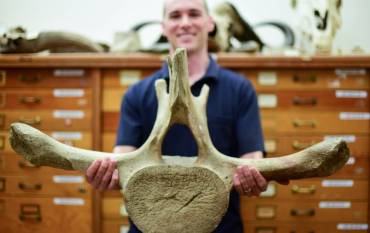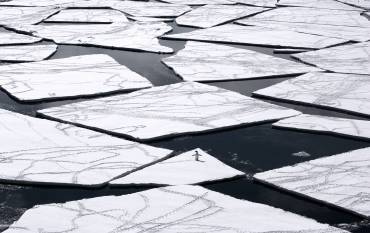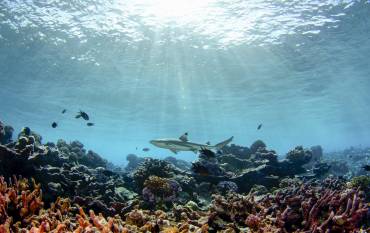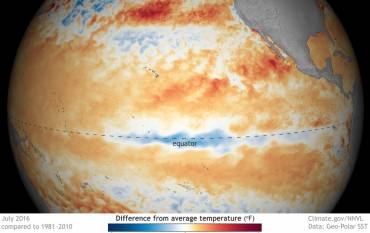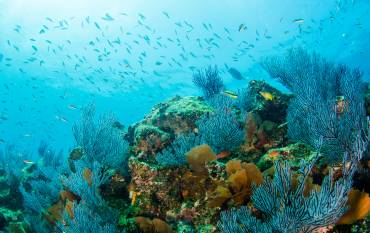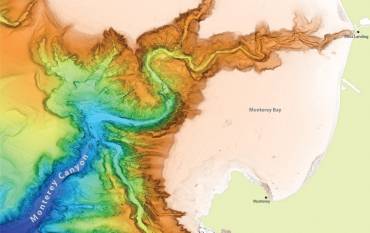The Stanford School of Earth, Energy & Environmental Sciences is now part of the Stanford Doerr School of Sustainability.
This page is currently being maintained for archival purposes only. For the latest information, please visit us here.
Oceans
January 17, 2017
Freeman Spogli Institute for International Studies
January 9, 2017
Lamont-Doherty Earth Observatory at Columbia University
December 19, 2016
Stanford School of Earth, Energy & Environmental Sciences
October 17, 2016
Stanford School of Earth, Energy & Environmental Sciences
September 16, 2016
Stanford School of Engineering
August 15, 2016
KPCC
Stanford Earth's Daniel Swain explains that the expected La Niña could end up being fairly weak and open up the possibility for normal rainfall in Southern California.
April 5, 2016
The Guardian
We are living in the Anthropocene age, in which human influence on the planet is so profound, it will leave its legacy for millennia. How are writers and artists responding along side scientists, politicians, and engineers?
March 31, 2016
Stanford News Service
Through the use of mathematical models, Stanford researchers have better defined the powerful processes that carved some of the largest canyons on Earth, deep under the oceans.
- 1 of 3
- next ›
Subscribe to Earth Matters
A free monthly bulletin for your inbox



